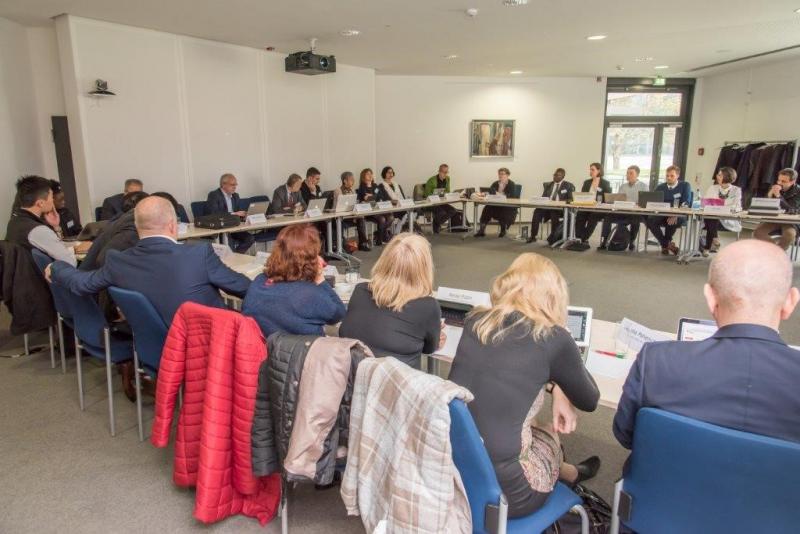
Crimean-Congo Haemorrhagic Fever (CCHF) kills up to 40% of people it infects. It’s an emerging problem in the Eastern Mediterranean region, particularly in Turkey, Iran, and Russia. Spain has recently seen its first domestically contracted cases. CCHF is spread by ticks and is endemic in areas of Europe, Africa, and Asia. Until now there have been no international guidelines specifically for treating CCHF. With an emerging epidemic over the past decade and the recent history of the Ebola outbreak in West Africa, the provision of evidence-based guidance on CCHF management has become a priority for the World Health Organization (WHO).
Sam Johnson from the Cochrane Infectious Diseases Group (CIDG) worked with the CIDG, based at LSTM, and Cochrane Response, based in London, to assemble all available evidence around 11 different questions set by the WHO Guideline Panel. In early April, the group participated in the guidelines meeting at the Robert Koch Institute in Berlin, and provided summaries of the evidence. There was a robust discussion between the experts, and out of this the guidelines were formulated using a transparent, evidence-based process. Sam will publish a Cochrane Review that assesses the evidence for ribavirin, the main drug used to treat CCHF, and the guidelines will be published later this year.
Pictured above are members of the Guideline Development Group at the Robert Koch Institute. Below: (L) the guideline development workshop in progress; and (R) the group comprised members from all over the world. To the right is Tom Fletcher, British Army, who is carrying out his PhD at LSTM on CCHF, alongside experts from Greece and Turkey.


